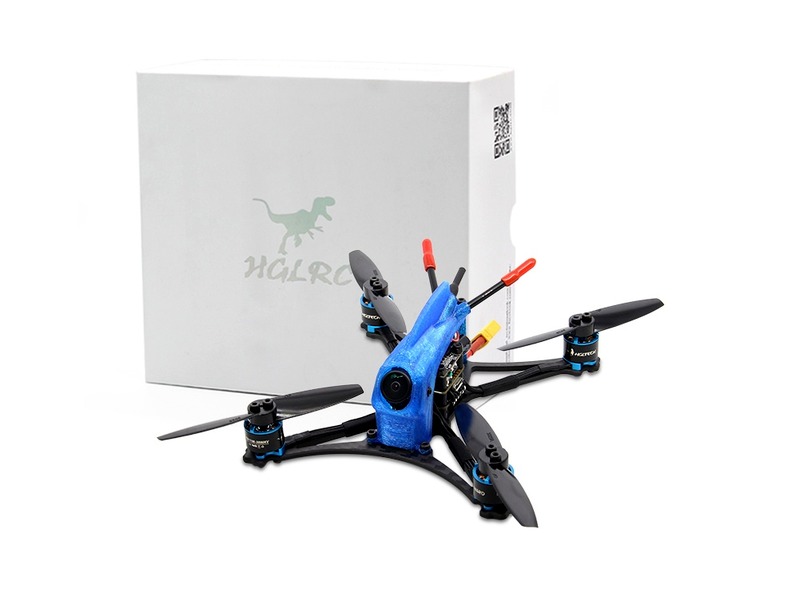Can drones fly in rain?

Yes, drones can fly in rain. Rain has no effect on the operation of a drone; however, depending on the severity of the rain, the drone operator should take certain precautions.
The most important factor for flying drones in the rain is the weather conditions. Drones should not be flown if there is strong winds or thunderstorms, which can make flying difficult and dangerous. If the rain is light, the drone will still be able to fly without any problems.
When flying in the rain, it is important to keep in mind that the drone may face more frequent interference. This is because rain can act as a conductor of radio waves, causing the signal between the drone and the controller to be disrupted. To avoid this, it is important to fly the drone at relatively low altitudes and keep a close eye on the signal strength.
The drone's body should also be taken into account when flying in the rain. Drones are usually quite durable and can handle a bit of water, but if water gets inside the body of the drone, it can cause problems. If a drone has gimbal or camera-related components, it is important to ensure that the rain does not damage these components by either covering them or avoiding flying in heavy rain.
The battery life of the drone should also be taken into consideration when flying in the rain. As the drone will be flying for longer than normal, the battery will be put under more strain, which can lead to a decrease in performance. Also, because of the wet conditions, it is important to check that the battery and any other electrical components are not wet or damp.
Overall, drones can fly in the rain as long as the weather conditions are safe and the necessary precautions are taken. The most important thing is to keep the drone and its components away from water and check the signal strength regularly. With these considerations, drones can fly in the rain without any problems.

